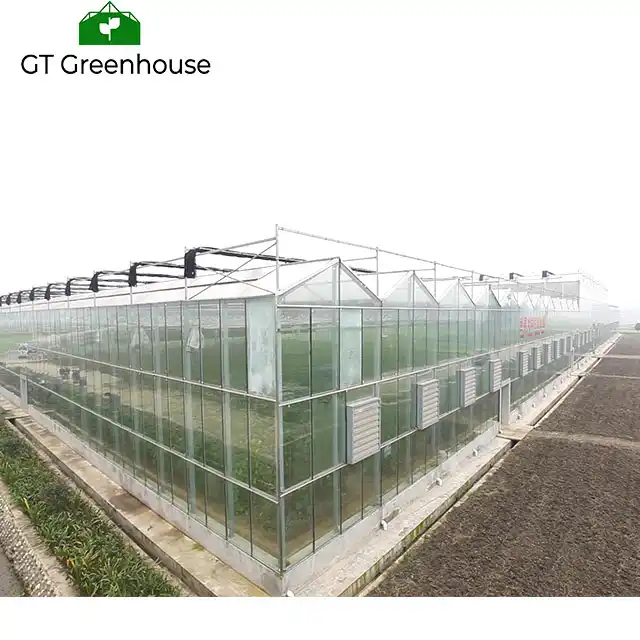The Benefits of Greenhouse Polyethylene Plates: Enhancing Plant Growth and Efficiency
Greenhouse polyethylene plates, also known as greenhouse plastic film or sheeting, have revolutionized modern greenhouse agriculture. These lightweight and durable materials offer numerous advantages over traditional glass or rigid panels. In this article, we will explore the benefits of greenhouse polyethylene plates, highlighting their crucial role in enhancing plant growth, optimizing environmental conditions, and improving overall greenhouse efficiency.
Optimal Light Transmission
- Diffused Light Distribution:
Greenhouse polyethylene plates are designed to provide excellent light transmission. The material diffuses sunlight, scattering it evenly throughout the greenhouse. This diffusion prevents shadowing and ensures uniform light distribution, promoting balanced plant growth and reducing the risk of uneven development or shading-related issues. - UV Stabilization:
Polyethylene films for greenhouses are often UV stabilized. This feature helps filter harmful ultraviolet (UV) radiation, protecting plants from excessive exposure. By allowing beneficial wavelengths to pass through while blocking harmful UV rays, polyethylene plates create an ideal growing environment for plants.
Energy Efficiency and Climate Control
- Insulation and Energy Savings:
Greenhouse polyethylene plates possess excellent insulating properties. They minimize heat loss during colder periods and provide a barrier against external temperature fluctuations. This insulation reduces the energy required for heating, leading to significant energy savings and cost reduction. - Light Weight and Easy Installation:
Polyethylene plates are lightweight, making them easy to handle and install. Their flexibility allows for efficient coverage of greenhouse structures, including curved or irregular surfaces. This ease of installation saves time and labor costs, enabling greenhouse operators to quickly set up or modify their growing spaces as needed.
Durability and Cost-Effectiveness
- Longevity:
Modern greenhouse polyethylene films are engineered to withstand harsh environmental conditions. They are formulated to resist degradation caused by sunlight, temperature variations, and chemical exposure. With proper maintenance, these films can provide several years of reliable service, reducing the need for frequent replacements. - Cost-Effective Solution:
Greenhouse polyethylene plates are typically more affordable than traditional glass or rigid panels. Their lower cost, combined with durability and energy-saving properties, makes them a cost-effective solution for greenhouse construction and maintenance. This affordability enables growers to allocate resources to other critical aspects of their operations.
Versatility and Customization
- Tailored Light Transmission:
Greenhouse polyethylene films are available in various grades and thicknesses, allowing growers to customize light transmission levels based on specific crop requirements. This flexibility ensures that plants receive the optimal amount of light for their growth stage, maximizing productivity and quality. - Climate Adaptation:
Polyethylene plates can be manufactured with different characteristics to cater to specific climatic conditions. Films with thermal properties help regulate temperature by trapping heat during cool periods and dissipating excess heat during hot periods. This adaptability enables greenhouse operators to create a suitable environment for their crops year-round.
Greenhouse polyethylene plates offer a multitude of benefits that contribute to successful and efficient greenhouse agriculture. From optimal light transmission and UV protection to energy efficiency, durability, and customization options, green house polythene sheet these lightweight and cost-effective materials play a crucial role in enhancing plant growth and overall productivity. By harnessing the advantages of greenhouse polyethylene plates, growers can create an ideal environment for their crops, leading to improved yields, reduced costs, and sustainable agricultural practices.

